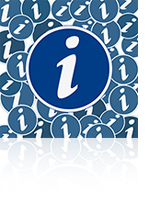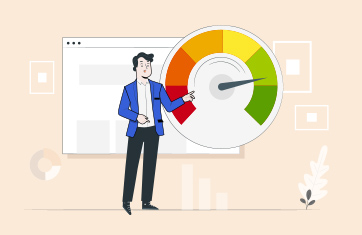Too Many IT Alerts and What You Can Do About It
 I read an interesting report from the Citrix Technology Office which used the term “infotoxification”:
I read an interesting report from the Citrix Technology Office which used the term “infotoxification”:
People today are expected to filter, understand and act upon an enormous mountain of data. Consequently they are overwhelmed; they are “info-toxicated.” Existing tools that are used to help people process and communicate information are creating large inefficiencies in their workdays. – 2020 Technology Landscape, Citrix Technology Office
From an IT perspective, this sounds a lot like what DevOps calls IT alert fatigue. But it’s not just the volume of IT alerts that wears down critical IT staff, it’s the quality of the alert and what effort is required to remediate it.
I’ve ranted about this in the past:
Defining Event Quality should be from a services perspective – providing meaningful notifications (Events that clearly indicate the area of responsibility, what action needs to be taken, by whom, and why) – and presents a significant opportunity for cost reduction, particularly in the areas of unplanned work (fire-fighting) and reduced incident volume. These benefits can drive other improvements in availability, opportunity cost and staff morale. – The Business Case for Event Management Automation, MyServiceMonitor, LLC
The concept of meaningful notifications goes to the heart of the eG Innovations value proposition.
How to Avoid False IT Alerts?
It’s well known that if the majority of alerts are false, we will get desensitized and begin to ignore them. That screen in the data center with all those red lights that we consistently ignore is the digital version of the boy who cried wolf.
But when your IT staff gets an alert that requires root-cause analysis – that is, they need to take a look at various charts and graphs and interpret the data to determine what actions to take – this requires time and effort. This is another contributor to alert fatigue.
This is what happens when you solve information overload with yet more information.
Don’t get me wrong, I’m all for analytics, but what IT (and the business) requires is a rapid isolation of anomalies in IT services that support the business. From an eG perspective, you’re welcome to parse through charts and graphs, perform detailed diagnosis and learn about what’s really happening with your IT services…
…or you could simply look at eG’s alert window.
Learn how proactive monitoring software minimizes risk of downtime and false alerts.
eG Enterprise is an Observability solution for Modern IT. Monitor digital workspaces,
web applications, SaaS services, cloud and containers from a single pane of glass.





